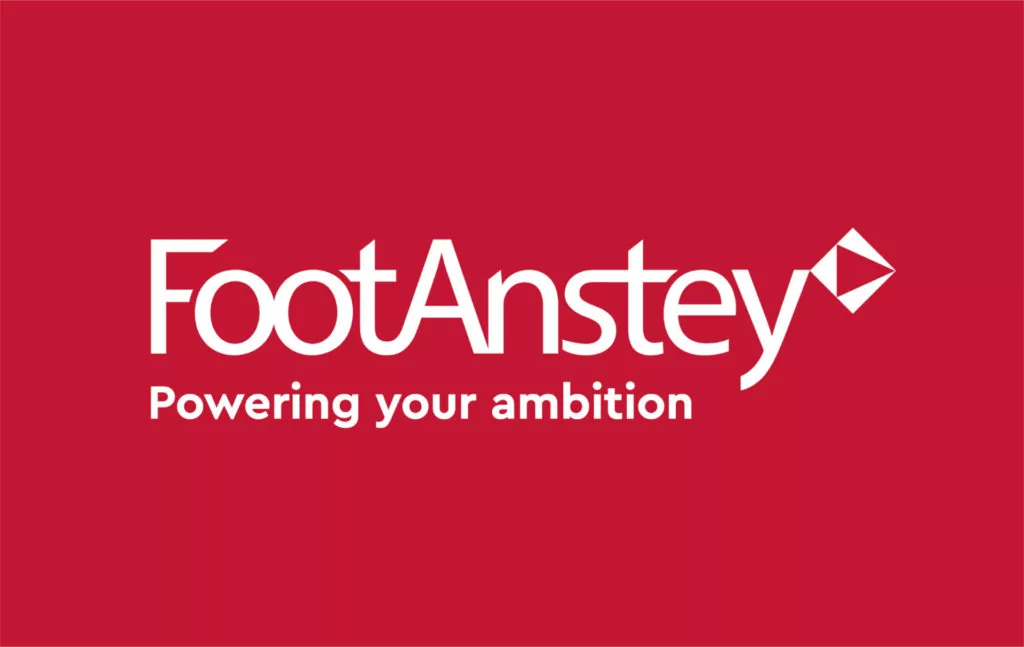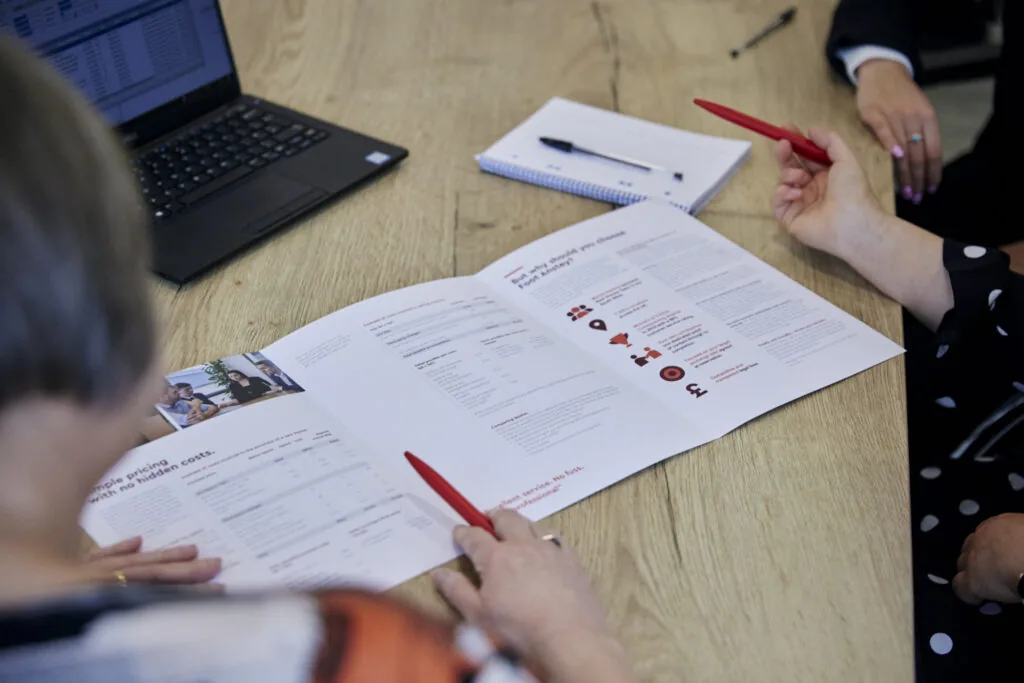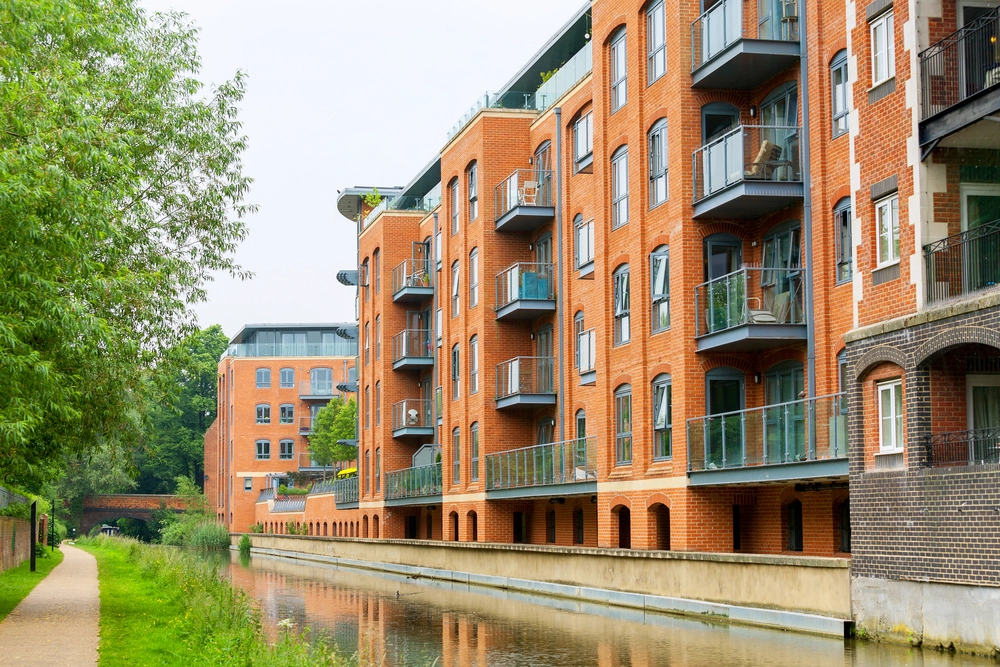
The challenges of succeeding in registered design right infringement claims

6 min read
By Chandni Jobanputra The English Courts issue another registered design decision which highlights the challenges in succeeding in an infringement case.
In this new case, Shnuggle Limited v Munchkin and another, the Court found that the Munchkin Inc (Munchkin) "Sit & Soak" baby bath, did not infringe Shnuggle Limited's registered and unregistered design rights in the Shnuggle baby bath.
This judgment highlights several key points that need to be considered when filing designs and assessing both registered and unregistered design right claims and how those claims should be organised and presented to the Court.
Background
Shnuggle owned two EU registered designs in respect of its baby bath, RCD-196 (Shnuggle Mk1) and RCD-763 (Shnuggle Mk 2) as shown below.

It is important to note that the latter design (RCD-763) only differed from the earlier design (RCD-196) in terms of it is not limited by colour, being a line drawing, it has no handle at the side, it has a back pad, a different 'island' shaped bump, a flange and the rim can be perceived to be thinner rolled rather than solid edge.
Shnuggle discovered Munchkin, a US company and its UK distributor, Lindam Limited, were dealing in a similar product, the "Sit & Soak" baby bath (shown below) and alleged UK registered and unregistered design right infringement.

Munchkin made various points in its defence that its "Sit & Soak" baby bath did not infringe Shnuggle's registered and unregistered design rights because, to list a few:its "Sit & Soak" was based on pre-existing designs for baby baths and so Shnuggle's registered designs were invalid;the "Sit & Soak" creates a different overall impression from the Shnuggle baby bath. To list a few differences submitted by Munchkin: RCD-196 has a thick wall, whereas the "Sit & Soak" has a thin wall; the "Sit & Soak" is slightly longer; the back of the "Sit & Soak" extends upwards more than in RCD-196; and the "Sit & Soak" has a plug;RCD-196 is registered in blue which limits the scope of protection; andthe unregistered design rights relied upon were commonplace and therefore they do not qualify in the UK.
Registered design
The key questions for HHJ Melissa Clarke to determine were if the registered designs relied upon by Shnuggle were valid and if the "Sit & Soak" infringed the registered designs.
The hurdle is quite high. A design will be protected by a registered design to the extent that it is new and has individual character.
A design will be new if no identical design has been made available to the public before the filing date of the application or if priority is claimed, the date of priority. A design will be considered to have individual character if the overall impression it produces on the informed user differs from the overall impression produced on such a user by any design which has been made available to the public, before the filing date of the application or if priority is claimed, the date of priority.
HHJ Melissa Clarke held that RCD-196 is new and has individual character and therefore the design is valid, however she held the "Sit & Soak" baby bath did not infringe RCD-196 because it created a different overall impression on the informed user because, for example:the top of the "Sit & Soak" baby bath has been pulled out and extended at the back in a sort of teardrop shape, whereas the top of the RCD-196 is more of a purer flared-oval shape.the "Sit & Soak" has a thin, floating edge which is pulled out from the sides and the front of the bath is different to the thick, seemingly solid rim around the whole of the top of RCD-196.the "Sit & Soak" has no handles at the side, which the RCD-196 does, but instead has a hole punched in the elongated back to serve as a handle.
In deciding this, HHJ Melissa Clarke considered the implications of using CAD (Computer Aided Design) images and colours for a registered design and the impact the use of such images/colours has upon the scope of protection.
She followed the judgment in the "Trunki" case (PMS International Limited v Magmatic Limited) and said "…where a design is registered in colour and/or contrast, then that must be taken into account when considering infringement, and the use of colour and/or contrast will serve to limit the scope of the registered design…". She went further and said, "If Shnuggle had wanted to register only the shape of the bath, instead of positively choosing the colour blue, it could have provided a line drawing (as it did in RCD-763) or rendered it in monochrome shades of grey. In my judgement that colour choice limits the scope of protection, per Magmatic". On that basis, the informed user would perceive the shading that is present in RCD-196 as constituting part of the design which would limit the scope of protection of such design.
This judgment reinforces the importance of using line drawings when applying to register a design, as the shading in CAD images and colours could potentially narrow the scope of protection and thereby impact on the ability to enforce such a right.
Due to the existence of RCD-196 and it being valid, HHJ Melissa Clarke held that RCD-763 was invalid as it was not new and did not have individual character because only minor changes were made to the baby bath in this design compared to the earlier version which would not make the design "new" or create a different overall impression on an informed user. Another important point, by making minor changes to an existing design, which is registered, may not be enough to create a different overall impression on an informed user and therefore the design may be invalid.
When considering if the "Sit & Soak" infringed RCD-763, HHJ Melissa Clarke held that the "Sit & Soak" would give a different visual impression to the informed user to RCD-763, for the same reasons given in respect of RCD-196, and so did not find it would infringe RCD-763.
Unregistered design
This is often a fall back right to rely on in these cases.
A design under UK unregistered design right needs to be an original design.
A design means the design of the shape or configuration (whether internal or external) of the whole or part of an article. A design is not 'original' if it is commonplace in the design field at the time of its creation.
Shnuggle claimed that each element coloured in grey below would qualify for unregistered design right as they constituted part of an article. Shnuggle Design 1 is from Shnuggle Mk 1 and the rest, (2) to (6) are from Shnuggle Mk 2.

Obviously, Munchkin argued otherwise and said that the elements relied upon were an aspect of the shape or configuration of the whole or part of an article and not part of an article. However, an amendment to the Copyright, Designs and Patents Act 1988 ("CDPA 1988") namely section 213, meant aspects of a design were no longer protectable. On this basis, HHJ Melissa Clarke was satisfied that each of the elements of the Shnuggle design coloured in grey is for an actual not abstract part, or concrete part, of the relevant bath.
HHJ Melissa Clarke held that Shnuggle Design 1 (portion of the sides of the 'tub' part of the baby bath, and the base), Shnuggle Design 5 (bum bump) and Shnuggle Design 6 (flange and base including bump) were original and so the next question was whether or not the similarities between the "Sit & Soak" baby bath, in particular Shnuggle Designs 1 and 5, gave rise to an inference of copying. Note, Shnuggle Design 6 was not considered for infringement as it was held the flange was commonplace in the field at the relevant time and as there was nothing else comprising Shnuggle Design 6, it was enough to dispose of the infringement claim without going on to consider copying.
Under section 226(3) of the CDPA 1988, "Reproduction of a design by making articles to the design means copying the design so as to produce articles exactly or substantially to that design".
HHJ Melissa Clarke first looked at whether or not Shnuggle Design 5, namely the bum bump, was copied, however was satisfied by the "continual adjustments" made by the "Sit & Soak" designer that he did not copy Shnuggle Design 5, "…if Mr Biesinger (designer) were simply going to copy the Shnuggle Mk 2 these continual adjustments would not have been needed". She also said "Whereas I accept that the Sit and Soak comes out at approximately the same height as the Shnuggle Mk 2, both are aimed at babies of a similar age range, the height of the bump is aimed at comfort for that range of babies, and it is in my view more likely that is a coincidence. The angle and the position are not the same. The shape is not the same".
Finally, in relation to Shnuggle Design 1, HHJ Melissa Clarke held: "…I have no doubt that Munchkin has not copied the whole Shnuggle Design (1) exactly or substantially. It has only copied part of it, and that is the shape of the sides of the tub below the AA line and above where, in the Sit & Soak, the tub curves externally under the flange. I do not consider that to be a substantial copy of the whole design".
For the above reasons, the claim for infringement of the UK unregistered designs failed.
Chandni Jobanputra , Associate in the Intellectual Property team says: "This decision once again highlights the challenges of succeeding in a registered design right claim. Additionally, it highlights the pitfalls of filing for a registered design with elements such as CAD images, colours and contrasts in which the rights holder does not want to claim protection in, although this is not likely to have been a decisive factor in this case. It is very important to file your designs showing exactly what you want protected otherwise your scope of protection could be limited if the design has any shading or other elements present in the design in which you are not claiming protection which could ultimately have an effect when enforcing your rights against a third party. We would recommend line drawings. Another important element to keep in mind is that your design registration may be invalid if you have only made minor changes to an existing design which did not give rise to a new originality in the whole."
Contact us
To discuss issues relating to design right infringement or intellectual property law, please feel free to contact us today.













